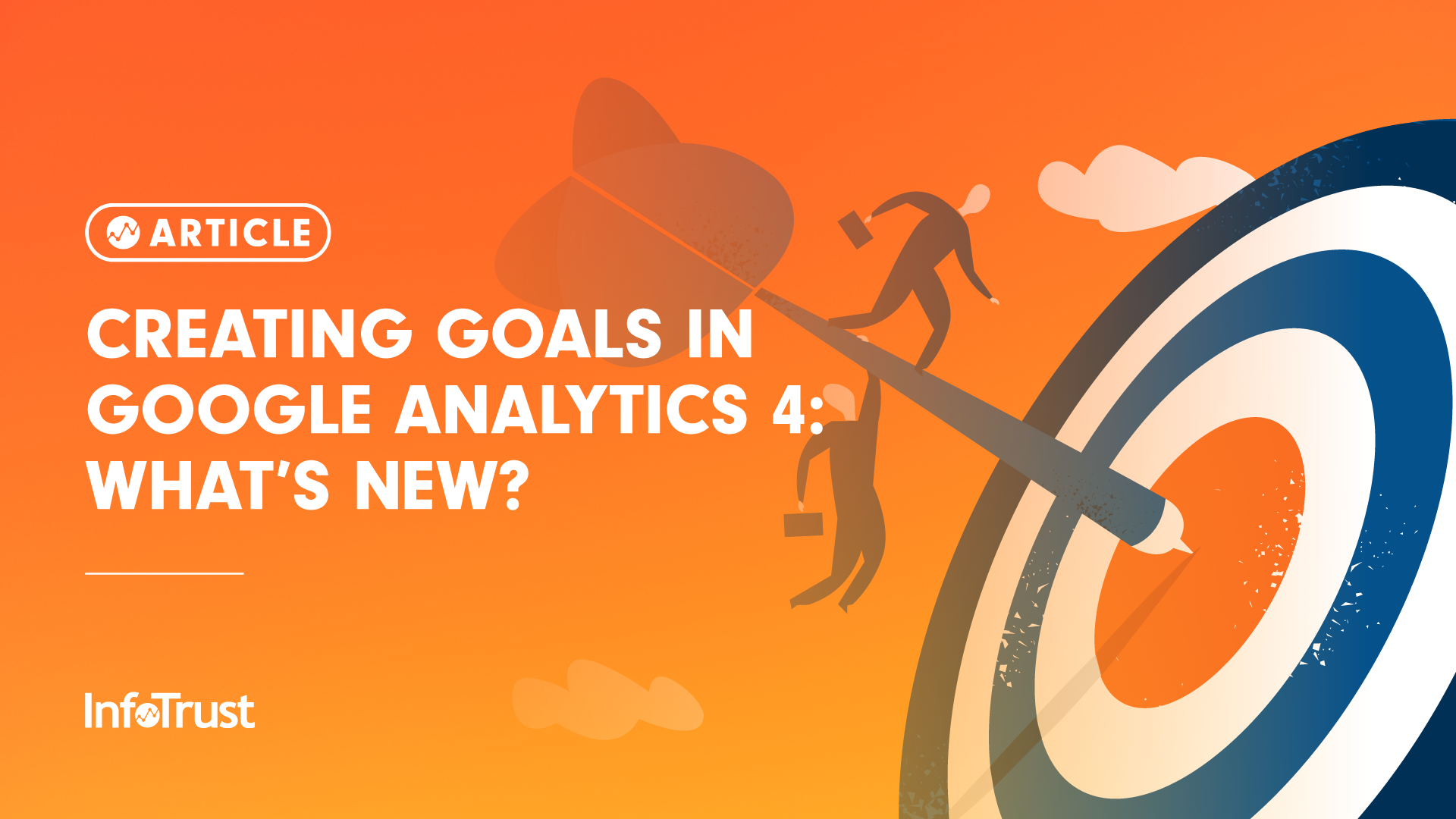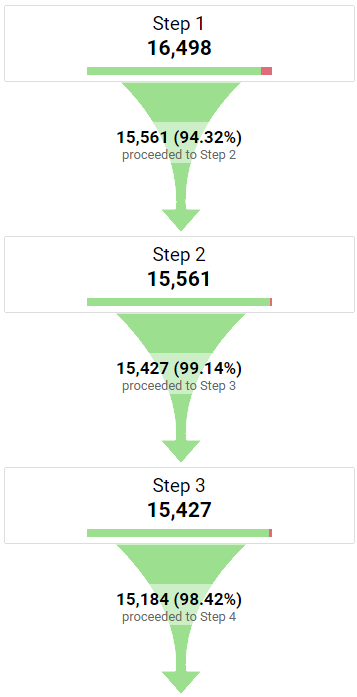What Data Is Google Analytics Goals Unable to Track and Why
What Data Is Google Analytics Goals Unable to Track and Why
Blog Article
Revealing the Blind Spots: Recognizing What Google Analytics Goals Can not Gauge
In the realm of electronic analytics, Google Analytics stands as a powerful device for tracking and evaluating on-line individual interactions. Recognizing what Google Analytics goals can not gauge is critical for getting a comprehensive view of customer behavior and involvement.
Individual Actions on External Platforms
Recognizing just how users connect on outside systems is essential for maximizing on the internet strategies. Outside platforms, such as social media sites networks, recommendation internet sites, and on the internet forums, play a considerable duty in driving traffic to a business's internet site. By analyzing customer behavior on these platforms, businesses can get beneficial insights right into the effectiveness of their marketing initiatives and the preferences of their target audience.
One trick facet of individual actions on external platforms is the recommendation resource. By tracking where the customers are coming from, services can recognize which systems are driving one of the most traffic to their web site. This details can aid companies assign their resources better, concentrating on the platforms that yield the finest outcomes.

Offline Conversions and Communications
Evaluating user actions on external systems offers important insights right into on-line methods; nevertheless, thinking about offline conversions and interactions is equally important for a comprehensive understanding of a company's total efficiency. While Google Analytics stands out at tracking on the internet interactions, it drops short in catching the complete consumer trip that typically includes offline touchpoints. Offline conversions, such as in-store acquisitions or phone questions, play a considerable function in several companies' success. Ignoring these communications can result in an altered sight of the performance of advertising projects and total service performance.

Acknowledgment Beyond Last Click
When delving right into the world of digital marketing analytics, it comes to be necessary to look past the solitary touchpoint of the last click for an extra extensive understanding of attribution. While Google Analytics offers important insights into individual habits, depending exclusively on last-click attribution can be limiting - what data is google analytics goals unable to track. Attribution models that exceed the last click supply an extra nuanced view of the consumer journey, considering all the touchpoints that lead to a conversion
Acknowledgment beyond the last click allows marketing professionals to appoint credit scores to numerous interactions along the conversion course, giving a more clear image of the effectiveness of different advertising channels. By exploring multi-touch acknowledgment designs such as direct, time degeneration, visit the site or position-based attribution, companies can much better assign their advertising budget plans and enhance their techniques for optimal impact.
Comprehending the influence of each touchpoint in the conversion process is essential for making notified decisions and making best use of ROI. By welcoming acknowledgment beyond the last click, businesses can get much deeper understandings right into client actions and tailor their advertising initiatives better.
Cross-Device and Cross-Browser Monitoring

In a similar way, cross-browser monitoring enhances cross-device monitoring by capturing customer actions as they switch between different web internet browsers. Understanding how users connect with internet sites on various browsers can help online marketers enhance their on the internet experiences to make sure uniformity and performance throughout different platforms.
Qualitative Data and Individual Intent
Comprehending individual intent with qualitative data analysis is vital for creating targeted digital advertising techniques that resonate with the requirements and preferences of the target audience. Qualitative information gives insights right into the 'why' behind customer activities, losing light on inspirations, emotions, and preferences that quantitative information alone can not record. By examining individual comments, comments, and communications, marketers can uncover valuable information concerning individual intent, allowing them to customize their messaging, material, and offerings to better straighten with what their audience is looking for.
Qualitative information also aids in recognizing the context in which individuals involve with an internet site or app. This contextual understanding enables marketers to develop more personalized and pertinent experiences, eventually driving higher involvement and conversion rates. By diving into customer intent with qualitative data evaluation, services can gain a much deeper understanding of their target audience, bring about much more effective advertising and marketing techniques that fulfill users' needs and assumptions.
Verdict
In final thought, Google Analytics objectives have limitations in determining user habits on exterior platforms, offline conversions, acknowledgment beyond last click, cross-device and cross-browser monitoring, and qualitative data related to individual intent. what data is google analytics goals unable to track. It is essential for organizations to be knowledgeable about these dead spots in order to supplement their information evaluation with other tools and techniques to obtain a more detailed understanding of their audience and enhance their general digital advertising methods
By analyzing individual habits on these systems, click site organizations can gain important insights into the effectiveness of their advertising initiatives and the preferences of their target audience.
Analyzing individual habits on exterior systems supplies useful understandings right into on-line strategies; however, considering offline conversions and link interactions is equally crucial for a thorough understanding of a firm's total efficiency.In digital marketing analytics, moving beyond last-click acknowledgment to discover cross-device and cross-browser monitoring is crucial for gaining a holistic understanding of user communications throughout numerous systems and devices. By evaluating user feedback, comments, and interactions, marketers can reveal beneficial details about customer intent, permitting them to tailor their messaging, web content, and offerings to much better align with what their audience is looking for.
By diving right into customer intent with qualitative information analysis, companies can acquire a deeper understanding of their target audience, leading to extra reliable advertising techniques that meet customers' requirements and expectations.
Report this page